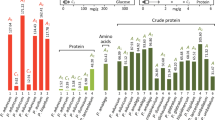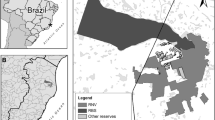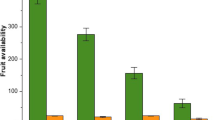Abstract.
Fruits are N-poor items and their availability in the tropics varies throughout the year. Field and experimental studies debate whether frugivorous bats have to switch to N-rich sources of food during part of the year or if they are able to subsist on a fruit-only diet. Different strategies to meet their N requirements may influence the way in which frugivorous bats partition food resources allowing the coexistence of numerous species in tropical communities. We examined the extent to which five species of frugivorous bats relied on plant and insect sources of assimilated protein using stable-N isotope analysis. We assumed that bats only had access to fruits and insects in our analysis but we also collected fecal samples to examine the presence of other food items. We conducted the study during at least 1 full year depending on the species of bat in a tropical rain forest in southern Mexico. In the five species of bats examined, plant sources (i.e. fruits) provided most of the protein assimilated during the year, although there was a general trend for all species to show a decrease in relative plant contribution at the end of the rainy season and beginning of the dry season. In Artibeus jamaicensis, Uroderma bilobatum and Dermanura phaeotis, plants were still a major source of protein during this period, but in some individuals of Sturnira lilium and Carollia brevicauda insects represented an important contribution to their diet. Fecal samples of most bats presented fruit remains, and insects and pollen were found in small proportions. Bat reproductive activity was detected at the end of the dry season and in the middle of the rainy season, and plants were the major source of protein during this period with the exception of pregnant S. lilum and one pregnant D. phaeotis during the dry season. Our findings showed that frugivorous bats might differ in their strategies to satisfy their N demands with some species relying almost completely on fruits during most of the year and some species switching to insects when fruits were less abundant.
Similar content being viewed by others
Author information
Authors and Affiliations
Corresponding author
Additional information
Electronic Publication
Rights and permissions
About this article
Cite this article
Herrera, G.L., Gutierrez, E., Hobson, K.A. et al. Sources of assimilated protein in five species of New World frugivorous bats. Oecologia 133, 280–287 (2002). https://doi.org/10.1007/s00442-002-1036-z
Received:
Accepted:
Published:
Issue Date:
DOI: https://doi.org/10.1007/s00442-002-1036-z




